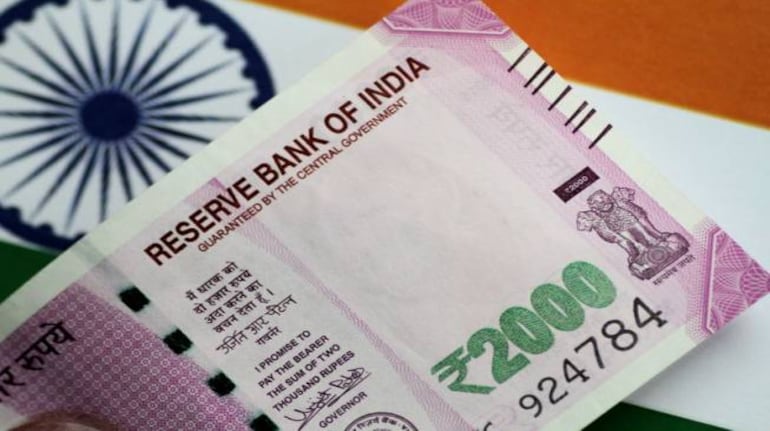



SBI's economists, on June 29, said the surge in equity markets was not linked to economic recovery and may be a sign of irrational exuberance. Adding to it, they also pitch for a second round of fiscal support to help the impacted sectors.
They also warned that banks will start reporting higher non-performing assets (NPAs) after September, once the six-month moratorium on loan repayment ends.
The markets shed over a fifth of their value in the early days of the COVID-19 pandemic and have recouped some of the losses in the last few weeks. Interestingly, the gains happened even as the chorus of a contraction in GDP started among the analysts, wherein some expect a negative growth of up to 5 per cent in 2020-21.
There is a weak linkage between buoyant markets and economic recovery and the phenomenon largely reflects “irrational exuberance”, the economists wrote in a note, attributing the same to easy liquidity made available by RBI.
“Beautiful markets do not signify a beautiful economy,” they said.
They also seemed to suggest that India cannot rely a lot on agriculture to boost the overall GDP growth, pointing out that even if the farm sector's historically best performance of 15.6 per cent growth in 1951-52 were to be considered, a similar performance can only help the GDP growth by 2 percentage points.
“We must think of a second round of fiscal support at least for the beleaguered sectors,” the note said.
It can be noted that the government has already announced a Rs 20 lakh crore package, but the actual fiscal expenditure will be just a tenth of the package.
The note said deposits in bank accounts are fast outpacing borrowings at present, and added that a large part of Indian population depends on interest from deposits because of the lack of a social security base in the country.
There is an interesting shift in possible consumer behaviour during lockdown that could have wider positive ramifications for the India banking system, it said, adding that transactions per credit or debit cards have declined and it is also possible that the purchases have shifted to daily essentials from luxury items.
Per card transactions have declined from as high as Rs 12,000 to Rs 3,600 in the case of credit cards and Rs 1,000 to Rs 350 in the case of debit cards, it said.
“Now the question is how much of this consumer deleveraging in April is because of lockdown/lack of business and how much is because of consumers actually maintaining a discipline in consumer behaviour,” it said, adding that this will influence the volumes of NPAs for banks going forward.
It also noted that households have started to use the gold for borrowings lately, and the percentage of secured loans for banks may go up as a result of this trend.
(With PTI inputs)
Discover the latest Business News, Sensex, and Nifty updates. Obtain Personal Finance insights, tax queries, and expert opinions on Moneycontrol or download the Moneycontrol App to stay updated!
Find the best of Al News in one place, specially curated for you every weekend.
Stay on top of the latest tech trends and biggest startup news.